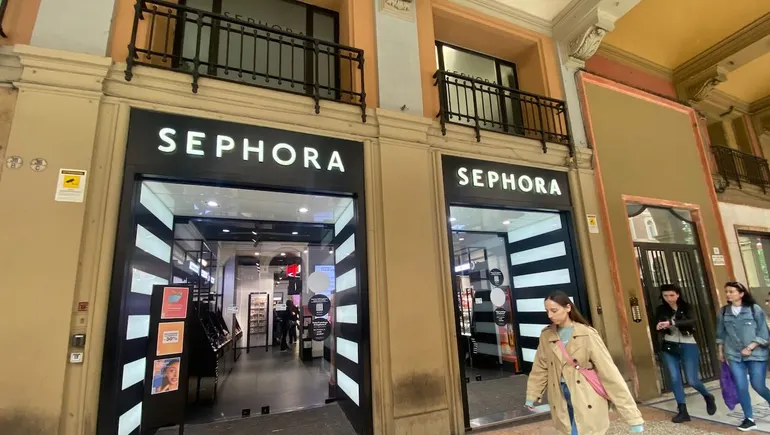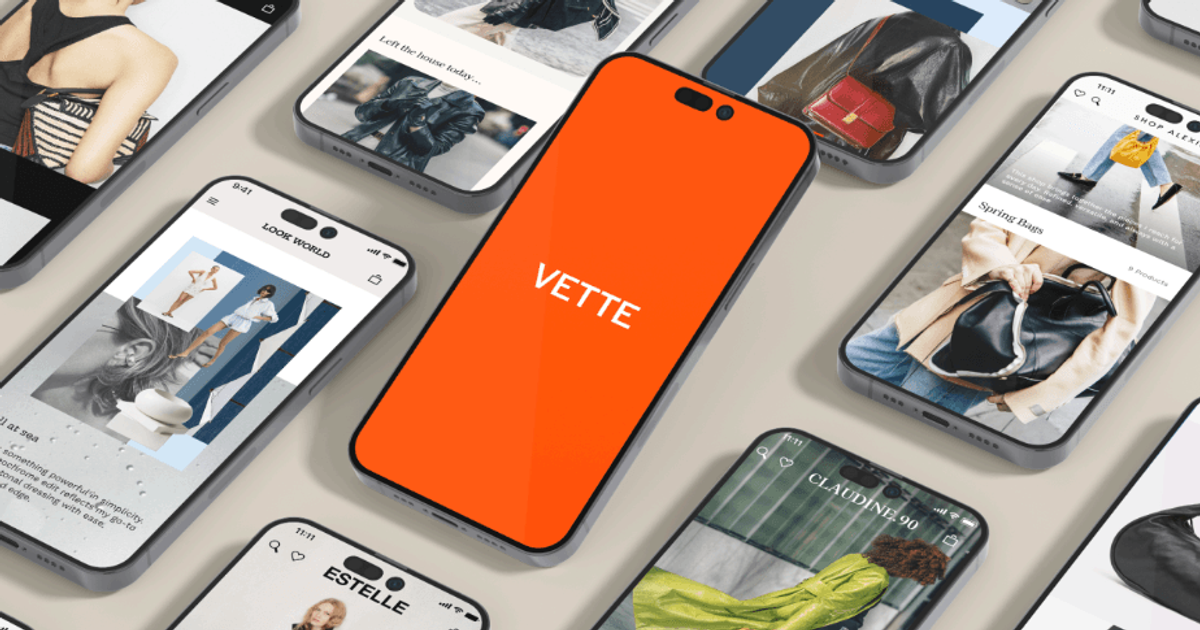#affiliate-marketing
#affiliate-marketing
[ follow ]
fromThe Business of Fashion
1 week agoOpinion: ChatGPT Is a Bad Personal Shopper, But It's Learning
As OpenAI seeks more ways to make money, ChatGPT's potential as a shopping assistant is one promising idea: You tell the bot what you're thinking about buying, and it will help you make comparisons, sort prices and answer intricate product questions. With any luck, those answers might even be right. Crucially, the assumption is that many people will prefer to shop online this way rather than use their current methods,
Artificial intelligence
fromMiami Herald
1 week agoMy Gig Life: 5 smart things you can do to improve your cash flow right now
Relying on one gig is like putting all your eggs in one very fragile basket. The most successful gig workers I know have multiple income streams flowing at once. Think about it this way: If you're driving for Uber, you're already in your car. Why not deliver food between rides? If you're freelance writing, why not offer social media management to the same clients? The key is finding gigs that complement each other instead of competing for your time.
Growth hacking
fromVogue Business
1 week agoInfluencers are turning into retailers. Now what?
Now, a new crop of storefronts want to make it easier to shop what we see on our favourite creators' feeds by positioning them as the curators of their own online stores. As the traditional wholesale model falters, it's shaping up to be the next creator economy battleground. In the last three months, ShopMy launched direct-to-consumer (DTC) creator storefronts on its platform, which currently provide affiliate links to creators to tag their recommendations.
E-Commerce
fromstupidDOPE | Est. 2008
2 weeks agoWhy After 17 Years in Publishing, I'm Still Skeptical About Affiliate Programs | stupidDOPE | Est. 2008
Affiliate programs are often sold as "partnerships," but for most publishers, they function more like a long-shot gamble. You generate traffic, clicks, and conversions, and then wait to see if the brand's tracking system recognizes your contribution. Spoiler alert: it often doesn't. Ad blockers, private browsing, cookie restrictions, and platform bias all eat away at affiliate tracking. Even when a publisher does everything right - driving legitimate traffic to a partner brand - many clicks go unrecorded or uncredited.
Online marketing
fromInc
3 weeks agoTrust Is the New KPI: The Strategy Helping Brands Win Over Customers Today
For years, brands tried to split the difference by hiring a PR agency for visibility, an affiliate manager for commerce coverage and affiliate partnerships, and a media buyer for paid social scale. Seven years ago, I, in fact, was one of them as the former VP of Marketing and Founding Team at Ritual. On paper, it made sense. In practice, I found it created silos, competing agendas, and a lack of shared accountability and synergy across agencies and partners.
Marketing
fromWWD
3 weeks agoExclusive: Gap Inc. Launches 'Creator Affiliate and Advocacy' Program
"Unlike transactional affiliate programs, Gap Inc.'s new social media advocacy platform is a centralized hub for creators to engage deeply across Old Navy, Gap, Banana Republic, and Athleta," Gap Inc. indicated. "Modeled to create community, it will offer [creators] early access to new releases, product seeding, and exclusive promos, as well as content collaboration opportunities and the ability for creators and their content to be amplified across paid, social, and brand-owned channels."
Marketing
Online marketing
fromTechRadar
2 months agoAffiliate Marketing in 2025: practical insights into the rise of alternative channels and the video-first revolution
Affiliate marketing is shifting toward video-first, social commerce, and mobile-driven multi-channel strategies, challenging traditional PPC and e-shop-centric approaches.
fromeLearning Industry
2 months agoSocial Media Influencer Marketing Strategy: B2B Tactics That Drive Real Results In 2025
B2B brands that invest in growth hacking strategies don't focus on wide-reaching influencers with millions of followers. They typically focus on micro-influencer campaigns since smaller influencers likely have a much more targeted audience base that is aligned with your industry.
Marketing
fromABC7 Los Angeles
4 months agoShop exclusive discounts with clever solutions to make life easier, up to 60% off
Transform any room with realistic flameless candles. Luminara's patented flame-effect technology creates the most lifelike flicker, adding warmth and ambiance without the risk of open flames.
Gadgets
fromKRQE NEWS 13 - Breaking News, Albuquerque News, New Mexico News, Weather, and Videos
5 months agoMaking money on your social media posts: How does it work?
Social media has made it easier for creators to earn 'passive' income through affiliate marketing, a sector expected to grow significantly in the coming years.
Online marketing
[ Load more ]
































